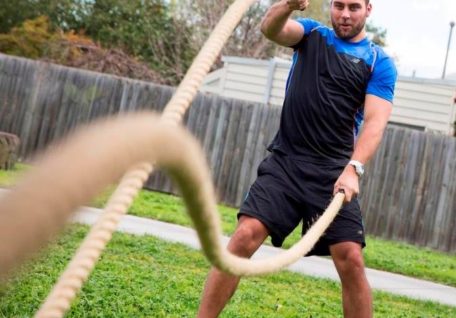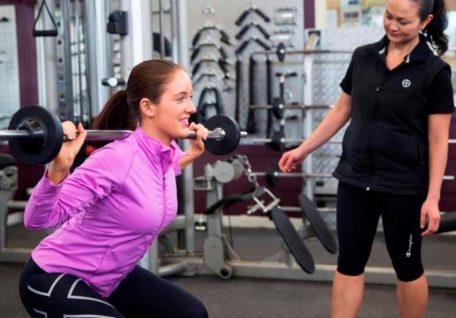There can be a number of different factors that affect the design of training programs for athletes. Understanding these factors is important, as it allows you to create a program that will help the athlete not only get better at their sport, but also fit into their weekly schedule.
This blog will help you understand some of the factors that will affect program design for athletes and how training from sport is different to general exercise.
Training and competition schedule:
If a client is training for a sport they will typically have specific sessions for that sport, e.g. 1 – 2 nights per week, as well as a game day (generally on weekends).
This will affect the amount of time the client is able to dedicate to personal training or time in the gym. What this means is that you will have to be efficient with their programming, perhaps designing full-body sessions, as they don’t have the availability for split programs.
As an example, for general exercise, we may recommend resistance training 2-3 times per week, as well as 1-2 days of cardio exercise. Whereas, if training for a sport, they may struggle to fit in 2-3 resistance sessions per week if training for their sport (which is their main focus).
In addition, extra cardio may not be needed for clients training for sport as they may get this through their sports training. Instead, they will generally need to spend their time improving their muscle size, strength or power (depending on their goals) rather than cardio.
Exercise selection:
Exercise selection can be a bit broader for general exercise. As long as we are prescribing a balanced program, the client can perform exercises they enjoy and can perform as many exercises as they would like. For athletes or people training for sport, they will also require more specific exercises to focus on based on clearly-defined fitness goals.
If you train a football player, for example, they will require more lower body exercises to help improve their sprinting, running and jumping. Alternatively, tennis players might need more of a focus on injury prevention exercises that look to stabilise joints, specifically the elbow and shoulder.
Goals orientated training / periodised programs:
Training for sport will generally involve highly-structured programs, that are periodised, focusing on specific goals at specific times.
General exercise can be looked at improving overall health and wellbeing, and maintaining fitness levels. This means that training can be less structured and less planned. These clients will likely have more flexibility within their program, where they can pick exercises they enjoy, mix up different types of cardio if necessary, miss the odd session or even add an extra session in if they feel like it.
If a client is looking to get better at sport, they will need a more structured program to stick to. Knowing exactly what the focus is for the week perhaps, or understanding that their training is tailored around their season.
We know that the football season runs from around March to September, which means that you could build a program that begins in October/November and has a heavy workload in its initial period. Then as the season draws closer, you could taper the sessions and focus on more refined exercises to work around the football training.
In summary, here are the main differences between the two types of training:
| Training for Sport | General exercise |
| Highly-structured | Can be unstructured |
| Specific goals | May or may not have specific goals |
| Needs to be efficient | Should be fun |
| Exercise should relate to the sport | Exercises don’t need to be specific |






